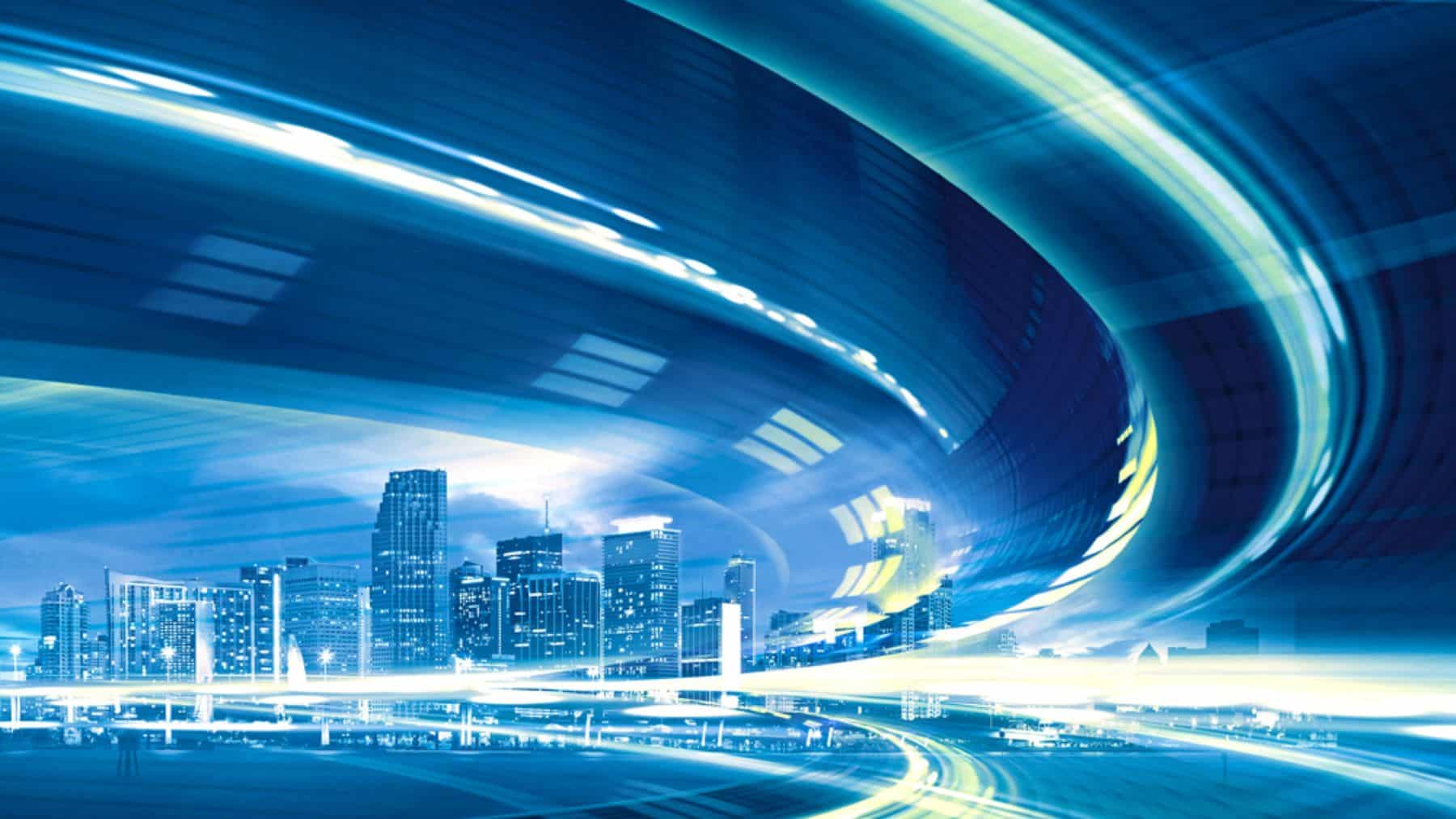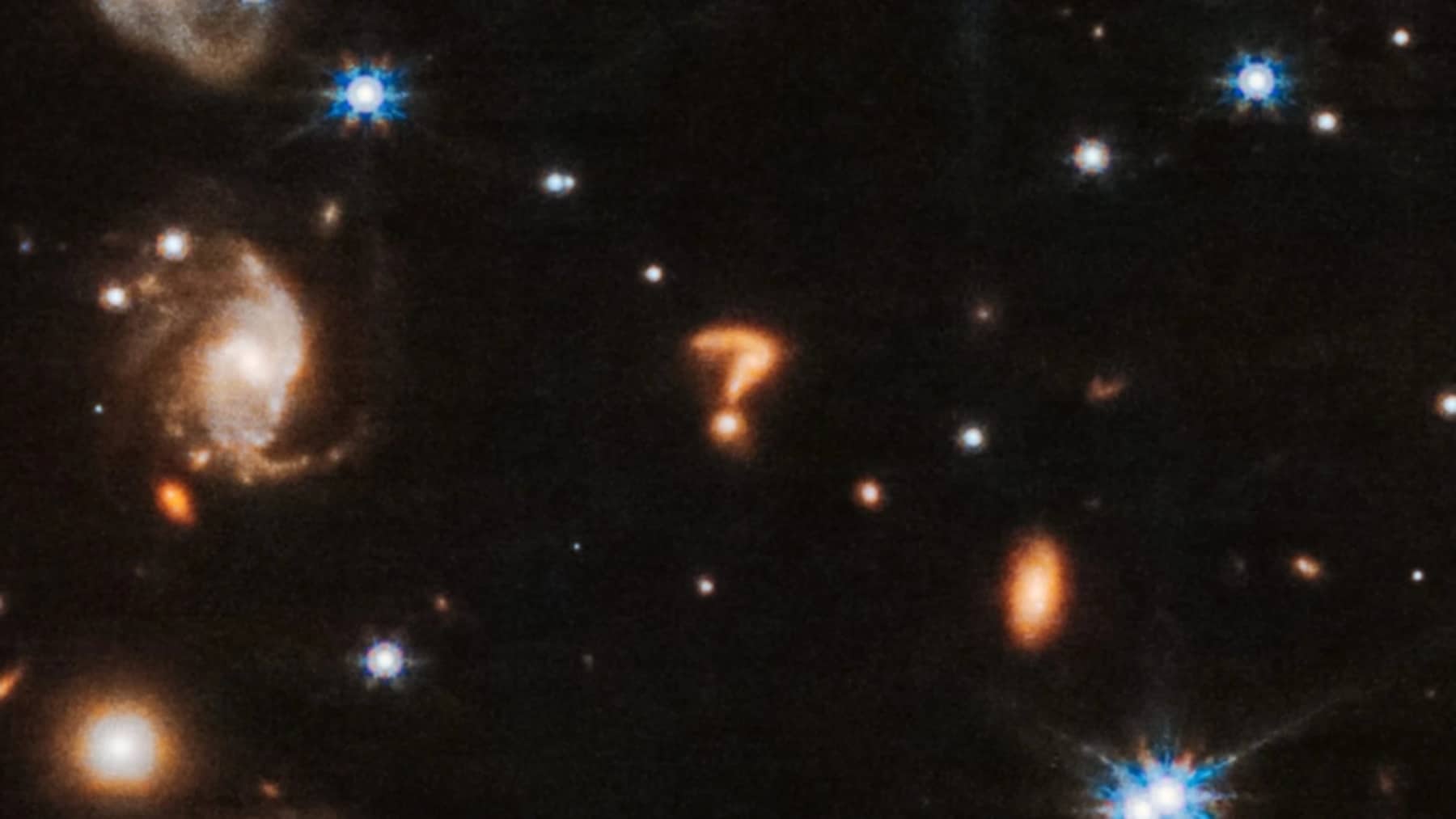One particular state is advancing forward with clean transportation innovation and with what is being termed the largest deployment of hydrogen infrastructure in U.S. history. It is a $1 billion investment that is expanding the state’s hydrogen highway. As part of the project is a $70 million grant initiative proposed by the California Energy Commission (CEC) to add more hydrogen fueling stations inevitably pushing forward the mission of zero-emission transportation in California.
California Energy Commision’s role in advancing the hydrogen highway
The California Energy Commision has thus conditionally approved the grant set to support companies like FirstElement Fuel, Shell Hydrogen, and Iwatani Corp. in endeavors to build new hydrogen fueling stations and to equip existing gasoline stations with hydrogen pumps. As it stands, California is already home to the only functional network of hydrogen fueling stations in the U.S. and the state that enables the use of fuel cell electric vehicles (FCEVs), which can travel 250 to 350 miles on a single tank.
Currently, the hydrogen highway consists of 42 operational stations with 15 more in development, serving citizens from regions such as San Diego in the south, Lake Tahoe, and San Francisco in the north. Although there are already several stations that are functional, it is still not enough since in some parts of the state there is only one station. The financial aid will be beneficial to fill these gaps and cause the total number of stations to escalate to over 100. More than 100 stations are close to the overall goal which is that of having 200 stations in California.
The Cadiz and Ric Energy partnership in California
Alongside expanding fueling infrastructure, California is working to advance the overall production of hydrogen. Cadiz, Inc. and the well-known global renewable firm RIC Energy have announced a major development which is California’s largest green hydrogen facility at Cadiz Ranch in the Mojave Desert. This particular facility is said to be powered entirely by solar energy whilst producing 50,000 kilograms of green hydrogen daily.
This particular location was chosen after a deep site evaluation which was deemed ideal due to its abundant sun, on-site water, and proximity to vital infrastructure which includes that of rail lines, highways, and pipelines. On this project’s agenda is to use 3,000 acres of land for creating a self-sufficient, off-grid hydrogen production hub powered by photovoltaic solar energy. Water sourced sustainably from Cadiz will be used in the hydrogen production process thus making the entire project greener and environmentally conscious. California is as is already a hot spot for zero-emissions mobility and the state has also been paving the way forward with the new hydrogen engine which is said to be 1000 times better than fuel.
Moreover, California itself is an awardee of the Department of Energy’s Regional Clean Hydrogen Hubs (H2Hubs). Under the management of ARCHES – the Alliance for Renewable Clean Hydrogen Energy Systems -California has got $1.2 billion in funding that can be used for building and expanding renewable hydrogen infrastructure. The Cadiz project alone is said to create thousands of green jobs whilst simultaneously reducing the state’s dependence on fossil fuels.
The momentum is driven by plans for a zero-emission future
The evident momentum behind California’s hydrogen highway is all part of the state’s environmental and transportational goal. As per the 2018 executive order received from then-Gov. Jerry Brown, a target of 200 hydrogen stations was set. This executive order alongside the new order from the current Governor Gavin Newsom to phase-out of new gasoline-powered passenger vehicles by 2035 has pushed forward the zero-emission future agenda.
The $70 million hydrogen station expansion plan is all part of a broader state plan that includes significant funding for electric vehicle charging infrastructure and cleaner fuel production. The aim is for California to have 1.5 million zero-emission vehicles (ZEVs) on the road. This is all exciting because the hydrogen monster is already being tested in America. So, Hydrogen is a tiny yet vital piece of the clean transportation puzzle.














